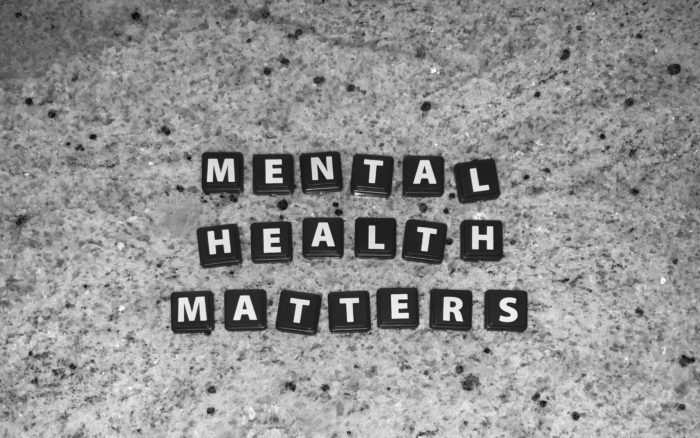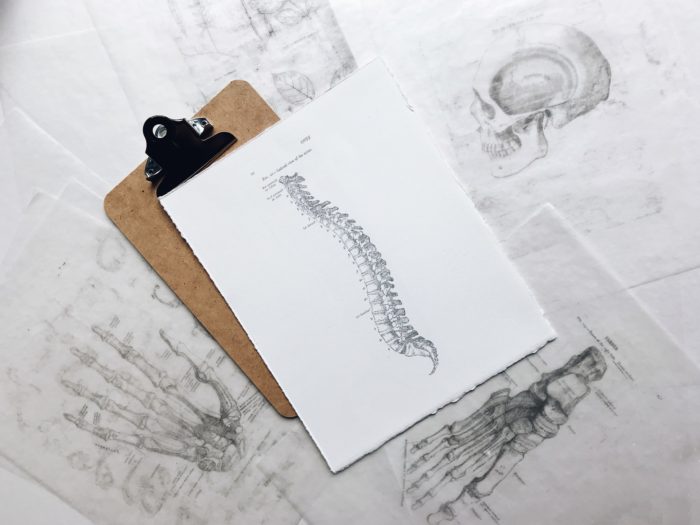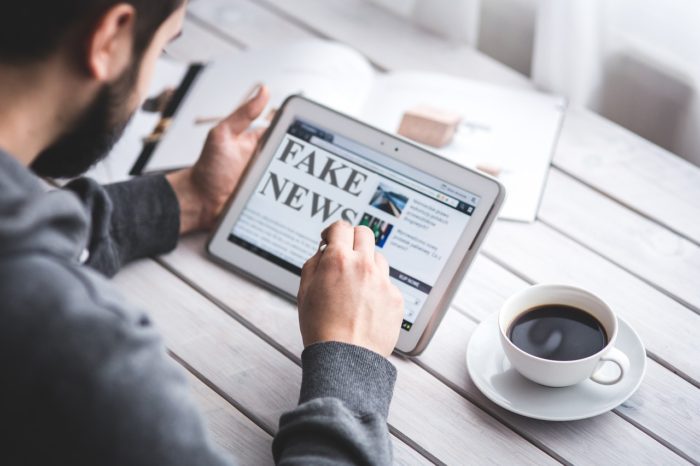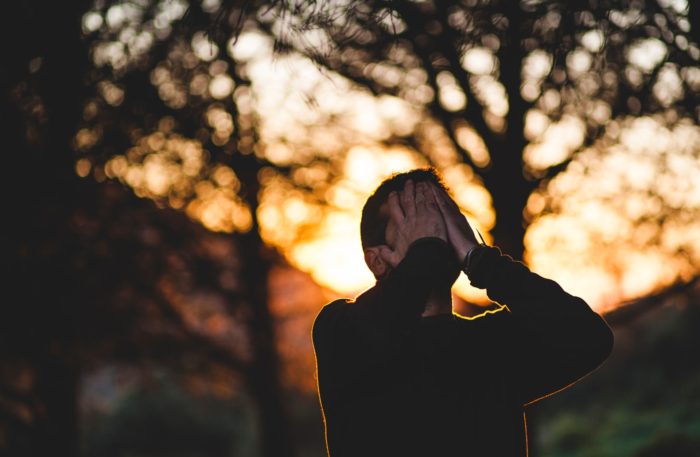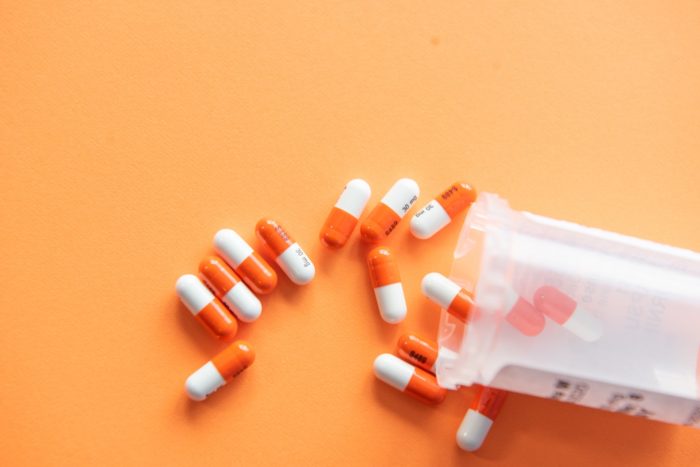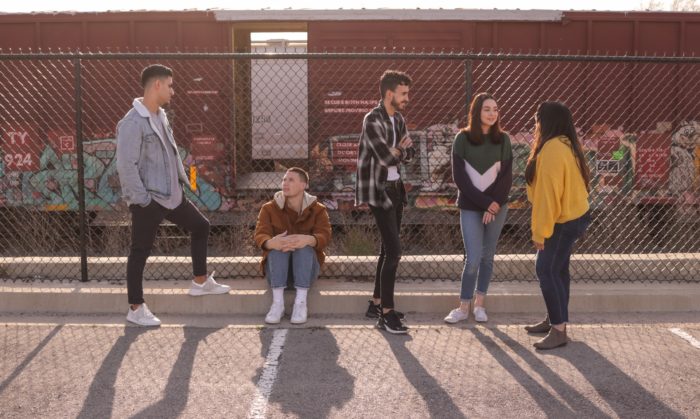Our so-called “health system” is actually a misnomer. In fact, the mainstream medical industry is alive, well, and thriving by keeping people sick and in pain. Let me paint the picture for you by starting with a few well-known facts.
First, in 2017, global expenditures for healthcare exceeded $7.8 trillion, according to the World Health Organization (WHO). Secondly, you are probably very aware that there are people in this world who are willing to kill other human beings whether during a robbery among strangers or very often a spouse, ‘friend’, or relative for a few dollars. So, it doesn’t take a leap of imagination to conclude that there are many people who will do anything, especially when they never have to come face-to-face with their victims, for a big piece of a multi-trillion-dollar pie. You may be able to more clearly understand now that keeping people healthy is not quite as lucrative as keeping them unhealthy.
Suppression Versus Progression
Now, let me present a little history for you from an article at PainTreatment.com. Way back when – I’m talking the 1600’s – the Salem Witch Trials were the first effort at suppressing health practices in the U.S. It’s a fairly well-known and documented fact, which is stated in a recent article I came across in Alternative Pain Treatment Directory, that, “The women who were tried and executed were herbalists who were accused of practicing “the Devil’s magic.” https://www.paintreatmentdirectory.com/posts/suppression-of-alternative-medicine-is-killing-us
A couple of hundred years later, homeopathy was developed in Germany. As the aforementioned article explains, “Homeopathy is based on extreme dilutions of natural substances that trigger the body’s healing response and it became wildly popular because it worked and because it was so much gentler than common treatments of the time, which included bloodletting, chloroform, and mercury. Homeopathy proved much more effective than conventional treatment during the cholera epidemics of 1832 and 1849. By the end of the 19th century, there were 44 homeopathic medical schools and more than 100 homeopath-supervised hospitals in the U.S. In the deadly flu epidemic of 1918, 25-50 million people died, while deaths of people treated with homeopathy were rare.” https://www.paintreatmentdirectory.com/posts/suppression-of-alternative-medicine-is-killing-us
Another fact the article reveals is that, “homeopaths created the first medical association in the U.S. back in 1844. However, once the American Medical Association (AMA) was created three years later, the article points out that, “one of its first actions was to ban homeopaths from becoming members and expelling any members who dared to even consult with a homeopath. In 1910, the Flexner Report, commissioned by the Carnegie Foundation and supported by the Rockefeller family, resulted in standardizing the practice of medicine in a way that virtually eliminated homeopathic medicine. All the homeopathic hospitals and medical schools were forced to close.”
https://www.paintreatmentdirectory.com/posts/suppression-of-alternative-medicine-is-killing-us
The story continues. “After homeopathy was effectively squelched, the AMA came after chiropractors. The chiropractic profession was founded in the United States in 1895. During the first half of the twentieth century, with the active encouragement of the AMA, many chiropractors were prosecuted for practicing medicine without a license and many went to jail. The AMA founded the Committee on Quackery in 1963. The committee had the avowed goal of creating a health care monopoly that would eliminate the chiropractic profession. Because chiropractic made little use of technology and no use of drugs, the profession had no strong financial allies. Meanwhile, the AMA had access to the deep pockets of the pharmaceutical industry to further its goals. AMA members faced expulsion from the association not only for referring to chiropractors but even for belonging to the same country club or church or synagogue—association was strictly prohibited. As a result, chiropractors faced discrimination in not only their professional life but also their personal life.” https://www.paintreatmentdirectory.com/posts/suppression-of-alternative-medicine-is-killing-us
In 1976, five chiropractors sued the AMA for libel. The suit also included as codefendants the American Hospital Association, the American College of Surgeons, the American College of Physicians, and the Joint Commission on Accreditation of Hospitals. Eleven years later, a federal appellate court judge ruled that the AMA had engaged in a “lengthy, systematic, successful, and unlawful boycott” designed to restrict cooperation between MDs and chiropractors to eliminate the chiropractic profession as a competitor in the US health care system. In recent years, continued misinformation campaigns and insurance coverage restrictions (including fees that have not increased in four decades, visit limitations, and unreasonable paperwork demands), continue to undermine the practice of chiropractic. https://www.paintreatmentdirectory.com/posts/suppression-of-alternative-medicine-is-killing-us
I recommend reading the entire article if you’re interested in learning more about the suppression of alternative health care options and more effective ways of healing people throughout the ages. It goes into much more depth about cancer treatment as well. In the meantime, if you really desire health without taking drugs or undergoing surgeries, look into more alternative forms of healing.

